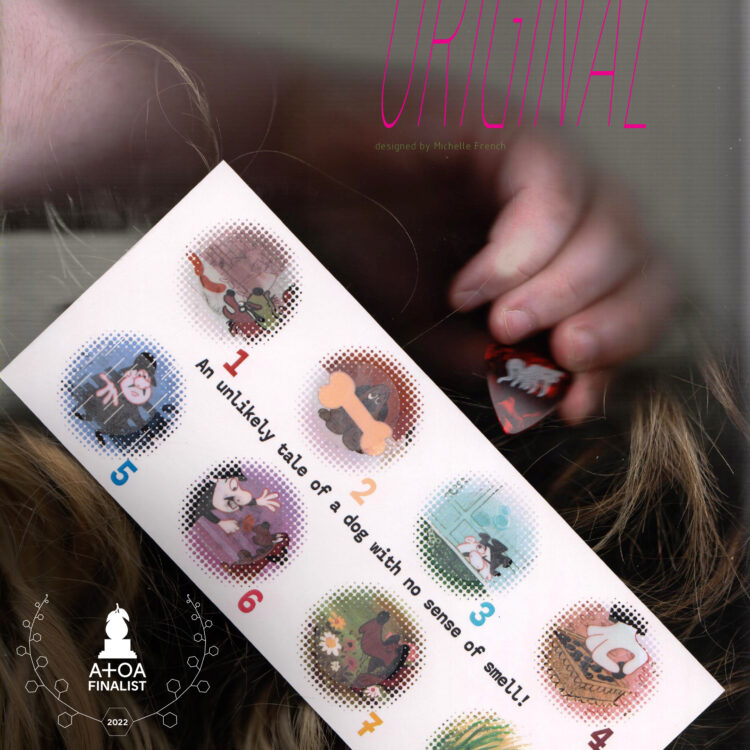Guest editor: Sofia Collette Ehrich and Amarens Eggeraat
Deadline: 19 December 2022
Published: May 2023
Smelling the past

In many ways, smells and the act of smelling have been overlooked in arts, culture and media. But our sense of smell is directly linked with our brain’s limbic system, meaning that when we smell it has the power to activate and imprint on our memory and emotion. This makes our sense of smell a powerful way to connect with our own past and perhaps even connect strongly to those of other people, places, and times.


Jas Brooks, a PhD student and lover of scratch-and-sniff technology, uncovered an overlooked piece of cinematic history with their “Scent in Cinema” project. They brought back the scents of scented cinematic projects through a scratch-and-sniff card that was mailed to registered participants, who could then actively participate in a Q&A where the film was also streamed. As a form of performance art, the artist Cesar Majorana interviews people about their past and creates a scent based on those memories on the spot. More generally, he worked together with The Hmm to create “the scent of the internet” (think synthetic ozone, sweat and Dorito dust). These three artistic projects not only raise important connections between smell, nostalgic feelings and art but they also bring forward the question: why are smells important in artistic practice and can these smells be presented as art in themselves?

We want to explore this idea and the many ways art, nostalgia and smell interact with and enhance each other. Some questions we offer as inspiration: if smells have the power to conjure up our deepest memories and immerse us in a specific time or place, is it nostalgia we are experiencing? Or are we in fact, reliving our past? Is there any point in preserving or recreating scents? How did smell and visual art come together to capture a sense of nostalgia?
We accept artworks, interviews, conversations, scripts, articles, analyses of artworks, academic texts, short statements, infographics, personal anecdotes, and smells.
Proposals (200-300 words) with attached résumés and related image material can be submitted until 19 December 2022 via redactie@tijdschriftkunstlicht.nl. Selected authors and artists will be invited to write a 2,500-word paper (excluding notes) or submit an artistic contribution.
Authors who publish in Kunstlicht will receive three complimentary copies. Kunstlicht is a volunteer-run academic journal and is not able to provide an author’s honorarium; time is compensated with time. Three years following publication, papers will be submitted to the freely accessible online archive.
Sofia Collette Ehrich is a sensory art historian and curator of scent experiences. As a Los Angeles native, she studied art history at University California, Los Angeles (UCLA). She recently finished her Masters at Vrije Universiteit Amsterdam in Comparative Arts and Media studies where she wrote her thesis, Orchestrating the Senses onto Virtual Reality Narratives: Confronting the limitations of media and exploring the importance of crossmodality within virtual digital environments. Her research interests include approaches, challenges, and limitations to multisensory storytelling within varying environments but especially in cultural heritage institutions. She is also interested in detecting the visual representations of the senses (especially smell) in art history and connecting these with sensory impressions in the museum. Within the Odeuropa project, she will assist in organizing and curating events and exhibitions around smell.
Amarens Eggeraat is a writer and journalist. She studied Comparative Literature and History at the University of Amsterdam, specialising in contemporary interpretations of the flâneur-archetype. She has worked as a tour guide in Paris. In 2020 she wrote a short article about the smell of HEMA for online magazine VICE, and ever since she’s had an enormous interest in olfactory memory and everything scent-related.

